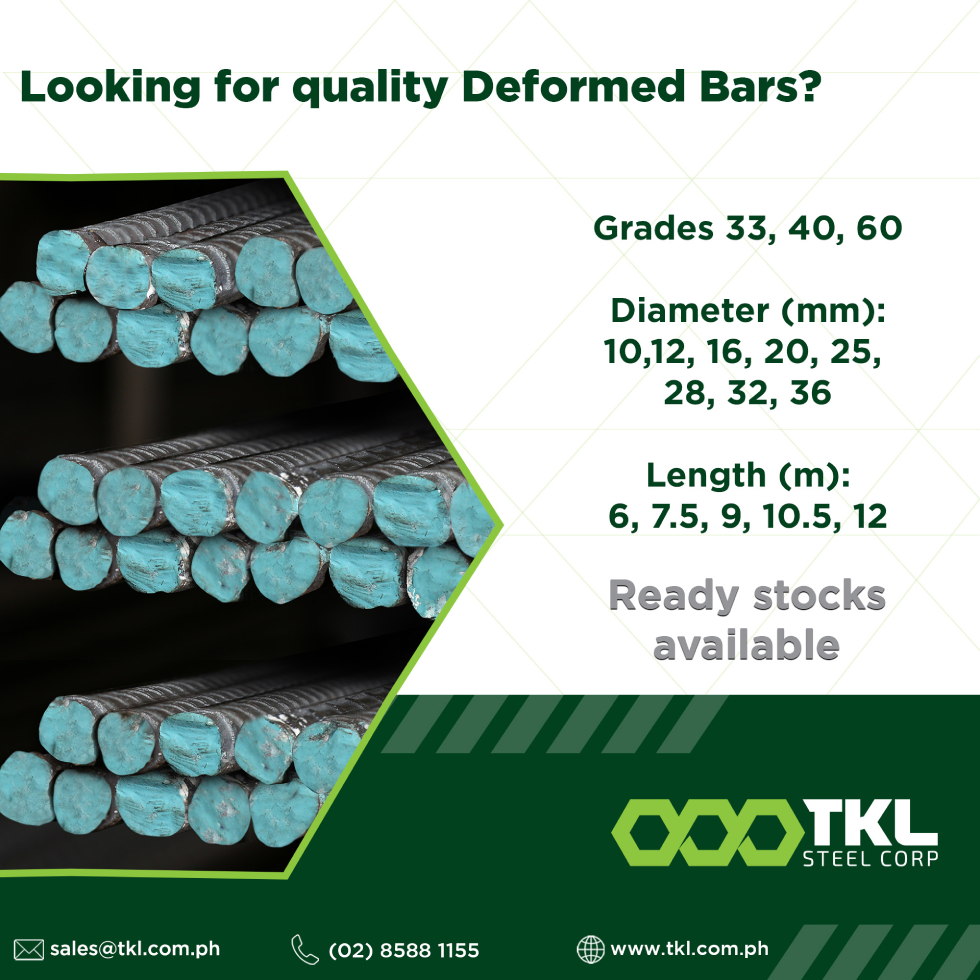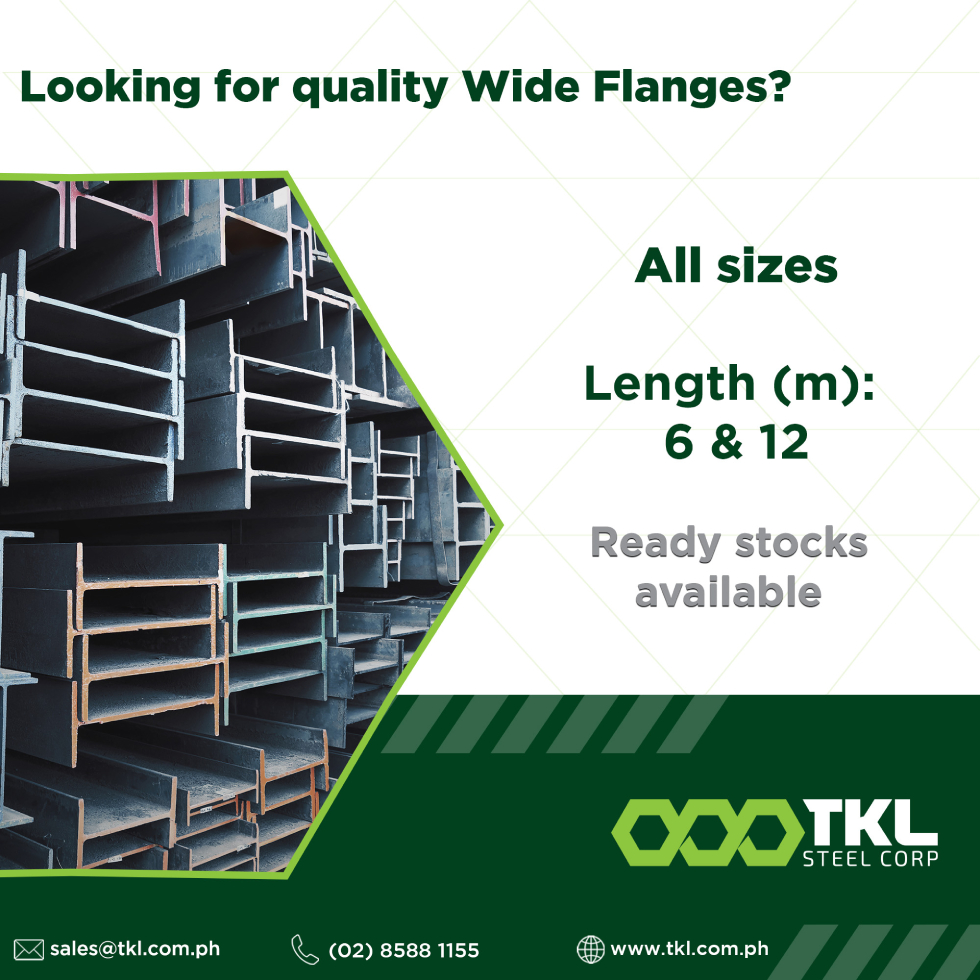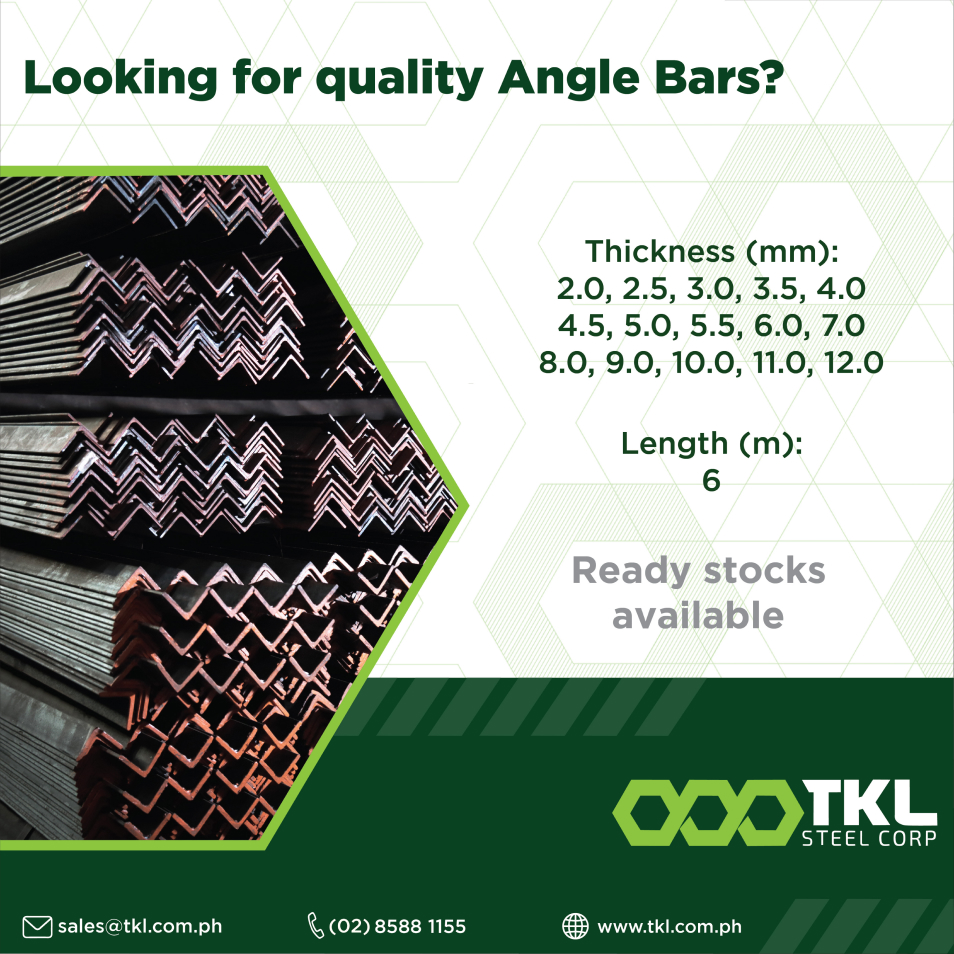All about Steel: History, Common Type, and the Most Trusted Steel Supplier

Steel is a product that has supported our lives every day in many ways. From our houses and buildings to railroads and bridges, it has proven to be the most widely used material in the infrastructure, construction, and engineering sector due to its durability and versatility. Steel has such characteristics as it is an alloy of iron and carbon that contains manganese, silicon, phosphorus, sulfur, and oxygen, which allows steel to withstand harsh weathers and be molded depending on your needs.
History of Steel
The earliest account regarding steel was around the beginning of the Iron Age (around 1200 B.C.), where iron was discovered to be more durable and stronger compared to bronze, the most commonly used material then in creating weapons and tools. By the 17th century, iron had surged its demand and acceptance as European countries shifted to large scale factories and infrastructures (i.e. Industrial Revolution) from small scale shops or establishments.
Wider production of steel started in 1856 when Henry Bessemer developed an effective way to produce steel in larger quantities. Since the crucible steelmaking process was too expensive during that time, Bessemer found a faster and cheaper way to put oxygen into molten iron to lessen the carbon element. From there, Bessemer made a converter where iron is heated while oxygen is blown through the molten metal. In 1876, Sidney Gilchrist Thomas discovered that adding limestone to the steel making process can remove phosphorus, an undesirable component that was not easily removed. These innovations became the foundation of modern steel production methods, propelling further the growth of the steel industry.

Steel Production Process
There are three common types of steel production. First is the Blast furnace-basic oxygen furnace method, where steel is produced by blowing air over molten iron to oxidize the material and isolate impurities. The next process is the electric arc furnace which utilizes high-current electric arcs to dissolve steel scraps and make it into liquid steel that can be formed into different steel variants. Lastly, the open-hearth furnace is a process that uses the heat combustion of gaseous or liquid fuels to change a charge of scrap and liquid blast-furnace iron to liquid steel.
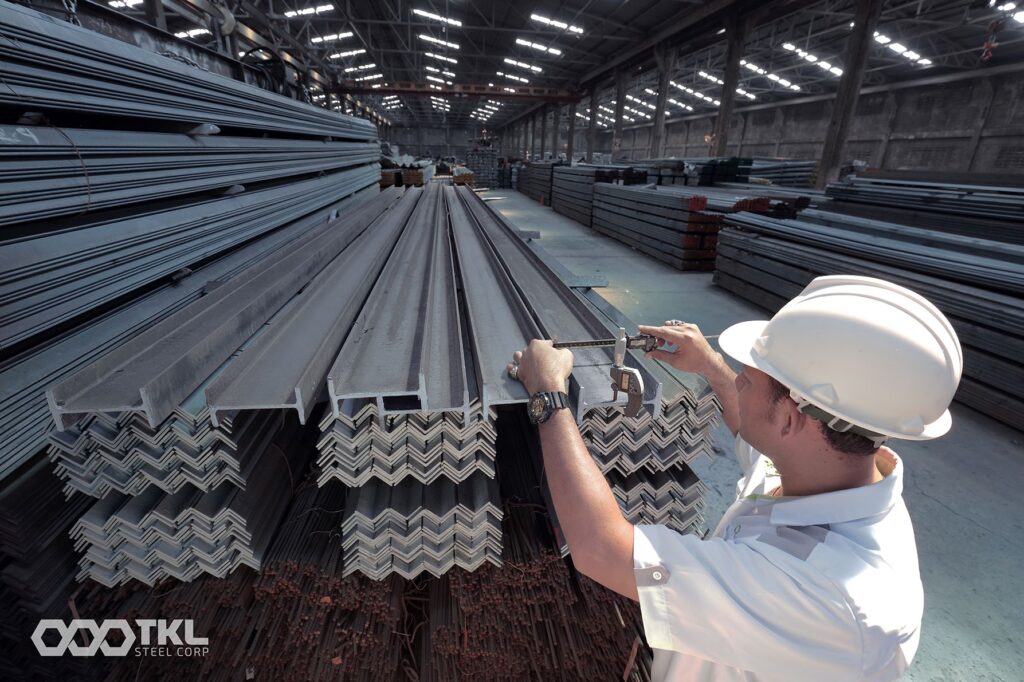
Common Types of Steel for the Construction Industry
Steel is known to provide support and foundation for different types of structures. In the Philippines, the construction sector is the largest sector that uses steel which accounts for around 80% of the steel demand, while the balance 20% is used by fabrication, shipbuilding, and packaging industries. Here are the most common types of steel used in construction industry.
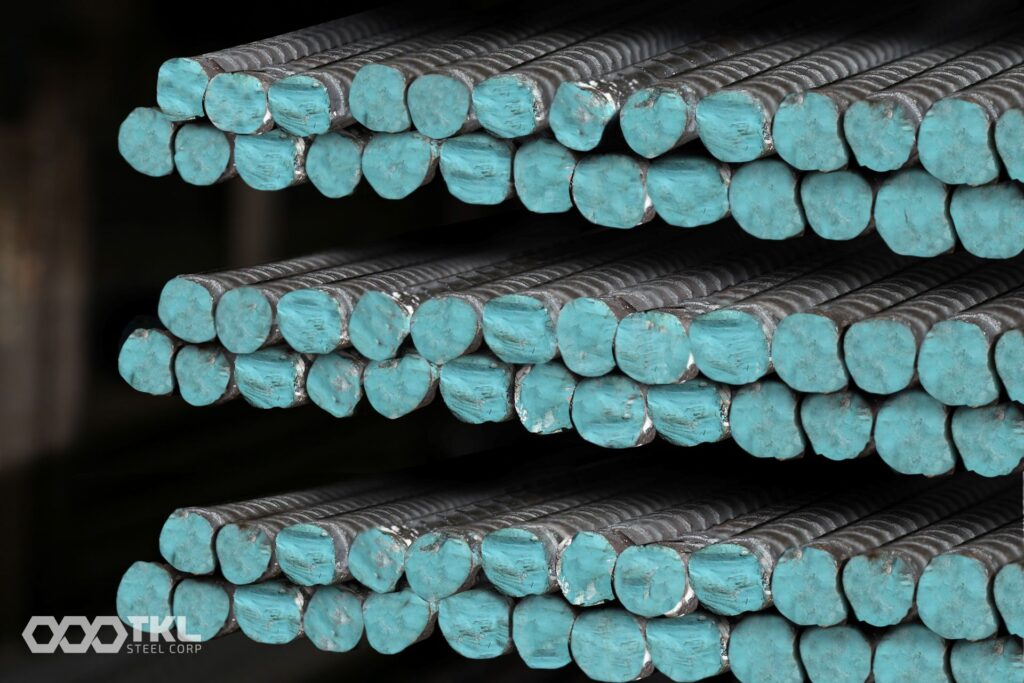
Deformed Bars
Deformed bars are easily distinguishable by its signature ridges used for mechanical anchoring and reinforcing concrete for building constructions. Deformed bars give resistance and durability to the structure and it also holds the concrete into compression. It is available in various sizes and grades depending on your needs or requirements.
Angle Bars
Angle bar also known as L-Bracket or Angle Iron is utilized to support and strengthen structures that have extreme weight and pressure. It is usually placed along with beams and columns to provide additional stability.
Wide Flange or I – Beams
Wide Flange or I-Beams is used as a standard material in building commercial structures. It is also known for its great resistance to bending, ideal for constructing homes, bridges, highway ramps and overpasses.
Channel Bars
Channel bars are heavy duty purlins that are recognizable as a long rolled bar forming a hard U shape. It is a versatile product commonly used to build walls, rafters, frame support, bridge decks, railings, and stair stringers.
Mild Steel Plates
Mild Steel plates (MS Plates) is used to provide additional strength and support to buildings and other infrastructures. MS Plates are commonly used for automobile parts, road signs, bridges, fencing and as reinforcement in reinforced cement concrete.
Plain Round Bars
Plain round bars are most commonly used in scaffoldings, steel grills, and as sag rods and cross bracings. Due to its shape and material strength, round bars can also be used as a fastening material.
Galvanized and Black Iron Pipes
Pipes are metal tubes known for its ability to withstand high heat and extreme temperatures. It is commonly used as a medium to transport liquids, gas, or fine solids for structural purposes. Its versatility suits the need of other industries such as manufacturing aside from being used in the construction sector.
Flat Bars
Aside from gate linings, flat bars are also used as frame construction, support in braces or doors, reinforce existing structures and as an industrial artwork.
Sheet Pile
Sheet Piles are usually stacked together through its vertical interlocking system to create a continuous wall to retain either soil or water. They are used to maintain walls, land reclamation, seawalls, and riverbank protections.
Are you looking for a trusted steel supplier that provides good quality steel products at competitive prices? Contact TKL Steel Corporation, the trusted steel supplier in the industry with over 35 years of experience in valuing the trust of our customers and providing good quality steel products at competitive prices. For inquiries, you may reach us at 0917 808 8528, 0939 909 0146, (02) 8588 1155, email us at sales@tkl.com.ph or send us a message on our official Facebook page www.facebook.com/tklsteelph and our friendly sales associate will assist you with your steel requirements.
Sources:
Britanica Encyclopedia
Bell, T. (2019, August 27). The History of Steel. Retrieved July 02, 2020, from https://www.thebalance.com/steel-history-2340172

